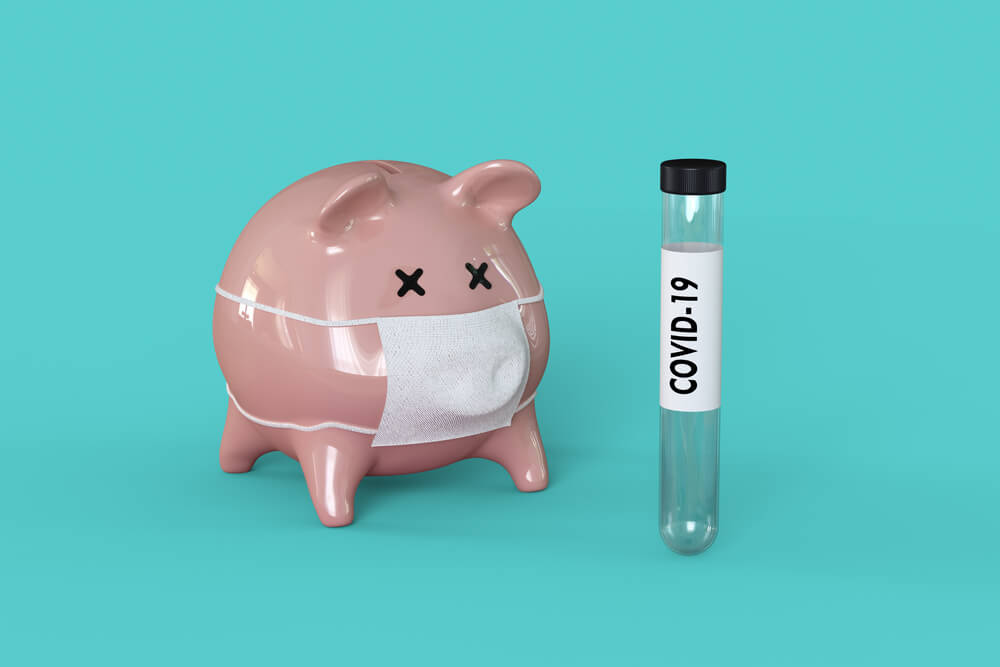With the Coronavris Aid, Relief and Economic Security Act, or CARES Act, sailing through Congress and getting the signature of President Donald Trump late Friday, one big remaining question for many Americans concerns how the coronavirus relief act affects retirement accounts.
The bill is good news for people struggling to get by amid the global pandemic, with unemployment filings rising by a record 3.3 million for the week ending March 21. The staggering number of people filing for unemployment is sure to rise even further the longer the people remained locked down and businesses closed.
The CARES Act is officially the biggest economic life preserver in modern U.S. history, “a wartime level of investment into our nation,” Senate Majority Leader Mitch McConnell, R-Ky., said after contentious debates between Democrats and Republicans while hammering out the bill.
The aid package includes relief payments sent directly to most Americans (except those in upper-income levels), expands unemployment benefits and paid sick leave, temporarily halts student loan debts and more — and it also has wide-ranging effects on retirement accounts, particularly regarding borrowing from your them if you need help making ends meet.
How the Coronavirus Relief Act Affects Retirement Accounts
RMDs Suspended Until 2021
Once you reach 72 years of age, you are required by law to take withdrawals, known as required minimum distributions (RMDs), from your retirement accounts including IRA, SIMPLE IRA, SEP IRA or 401(k).
But then the stock market cratered into the fastest bear market in history, leaving people concerned about losing so much money. In the throes of the Great Recession in 2009, Congress suspended RMDs, and it is doing the same again via the CARES Act, waiving them for the rest of the year.
“If the 2020 RMDs had not been waived, you likely would have had to withdraw a greater percentage of your IRA or plan balance and pay a big tax bill on value that no longer exists,” Certified Public Accountant Ed Slott wrote in a blog on the AARP.org. “So, it’s good Congress gave us all a year off to sit this out and see what happens, and hopefully have more time to recover losses.”
Withdraw From Your Retirement Account Without Penalty
If you’re under 59 1/2 years old, you should be aware of the 10% early withdrawal fee on top of any federal income taxes owed on any money you take out.
However, the CARES Act waives this 10% penalty for IRAs and defined contribution plans for anyone experiencing financial hardship due to the pandemic.
Penalty-free distributions include:
- You or your spouse or other dependent has been diagnosed with COVID-19.
- You’re experiencing financial hardship due to being quarantined, furloughed or laid off, or your work hours have been cut.
- You can’t work because you don’t have childcare.
- You closed or slashed hours at your business because of the pandemic.
- You’ve been hurt financially by other factors determined by the Treasury.
Withdrawals up to $100,000 made after Jan. 1, 2020, won’t be hit with the 10% penalty, and you have three years to pay the money back. Said repayments also will not count toward the maximum yearly contribution, which is $19,500 for 2020. If you’re 50 and older, you contribute an additional $6,500.
The max yearly IRA contribution is $6,500 with a $1,000 catch-up limit if you’re 50 or older.
Loan limits from your retirement accounts also have been doubled from $50,000 to $100,000.
Ultimately, the bottom line is you should avoid taking money from your retirement accounts at all costs. But if you must withdraw, the government is at least doing something to help lessen the brunt of taking money out.




